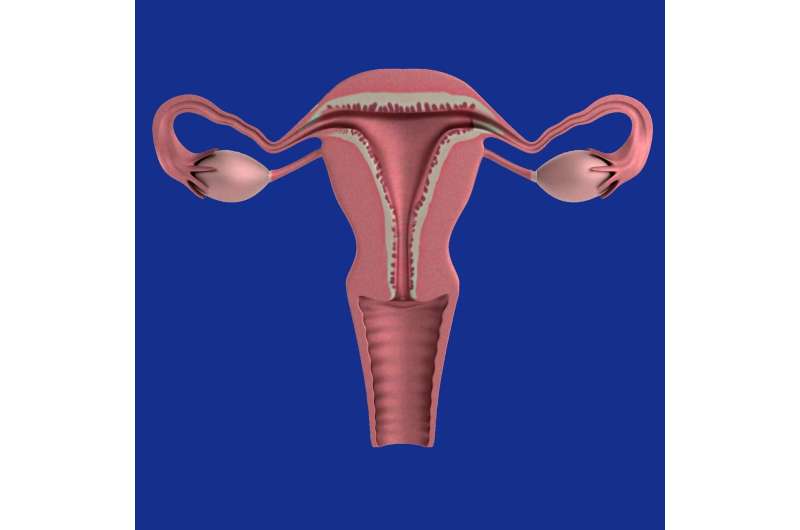Innovative Protein Tracking Technique Illuminates Synaptic Changes in Learning and Memory
A groundbreaking study by Harvard researchers has introduced a novel method to map the molecular mechanisms underlying learning and memory formation in the brain. This innovative technique, called Extracellular Protein Surface Labeling in Neurons (EPSILON), enables scientists to observe and track crucial proteins at synapses—the communication points between neurons—at an unprecedented level of detail. The ability to visualize such dynamic protein movements sheds light on how synapses adapt during the learning process, which is fundamental for memory formation.
The research team utilized advanced fluorescent labeling coupled with cutting-edge microscopy techniques to monitor AMPARs, key proteins involved in synaptic plasticity. These proteins play a vital role in strengthening or weakening synaptic connections, directly impacting how memories are encoded and stored. Traditionally, capturing such microscopic phenomena was challenging due to the invasive nature of previous methods, but EPSILON provides a powerful, minimally invasive alternative.
This approach was applied to study neural activity associated with contextual fear conditioning in mice—a process where animals learn to associate a neutral environment with a fear response. Findings demonstrated a close relationship between AMPAR trafficking and the activation of specific neurons, identified via the immediate early gene cFos, providing evidence that AMPAR movement is integral to creating enduring memory traces, also known as engrams.
The technique's high resolution allows researchers to analyze the history and dynamics of synaptic plasticity over time within living brains. As explained by lead researcher Kim, EPSILON makes it possible to understand how different types of memories involve distinct patterns of protein movement and synaptic strengthening. This insight paves the way for novel interventions targeting synaptic dysfunctions associated with neurological disorders like Alzheimer’s disease.
The study highlights the importance of basic scientific research, with Cohen emphasizing that technologies like HaloTag—used for labeling proteins—originated from fundamental studies of bacteria and have now become vital tools in neuroscience. Moving forward, the research team hopes to refine EPSILON further and apply it across various cognitive processes, ultimately contributing to better treatments for memory impairments.
This research not only advances our understanding of the brain’s plasticity mechanisms but also opens new avenues for exploring how memories are formed, stored, and retrieved at the molecular level. The full study is published in Nature Neuroscience.
Stay Updated with Mia's Feed
Get the latest health & wellness insights delivered straight to your inbox.
Related Articles
Survey Highlights Persistent Misconceptions About Hormone Therapy Use in Gynecologic Cancer Patients
Despite evidence supporting safety, misconceptions prevent many healthcare providers from prescribing hormone therapy to gynecologic cancer patients. A new survey highlights the need for better education to optimize patient care and quality of life.
Potential NIH Budget Cuts Could Seriously Impact U.S. Medical Research for Decades
Proposed cuts to NIH funding threaten to disrupt crucial medical research and innovation in the U.S., with long-term consequences for health and economic growth.
Innovative mRNA Vaccine Mimics Viruses to Boost Immunity
A groundbreaking study reveals how engineering mRNA vaccines to mimic viruses using virus-like particles can significantly enhance and prolong immune responses, promising a new era in vaccine development.



